PFAS contamination in drinking water poses several potential health risks. With Jinko convenient filtration systems, you can reduce harmful chemicals and enjoy safer water at home
This blog discusses PFAS, how they contaminate water, and their health effects. We also explore methods for removing PFAS from drinking water.
What are PFAS?
PFAS, or Per- and polyfluoroalkyl substances, are a large group of synthetic chemicals. First developed in the 1940s, there are numerous PFA substances. They are composed of carbon and fluorine atoms and are highly resistant to degradation.
PFAs are nicknamed "forever chemicals" because they remain in the environment and the human body for extended periods. The Agency for Toxic Substances and Disease Registry estimates that it can take up to four years for PFAS levels in the human body to reduce by half.
Initially, PFAs were considered a scientific breakthrough. They have unique properties like repelling water, oil, grease, and stains. They're also heat-resistant.
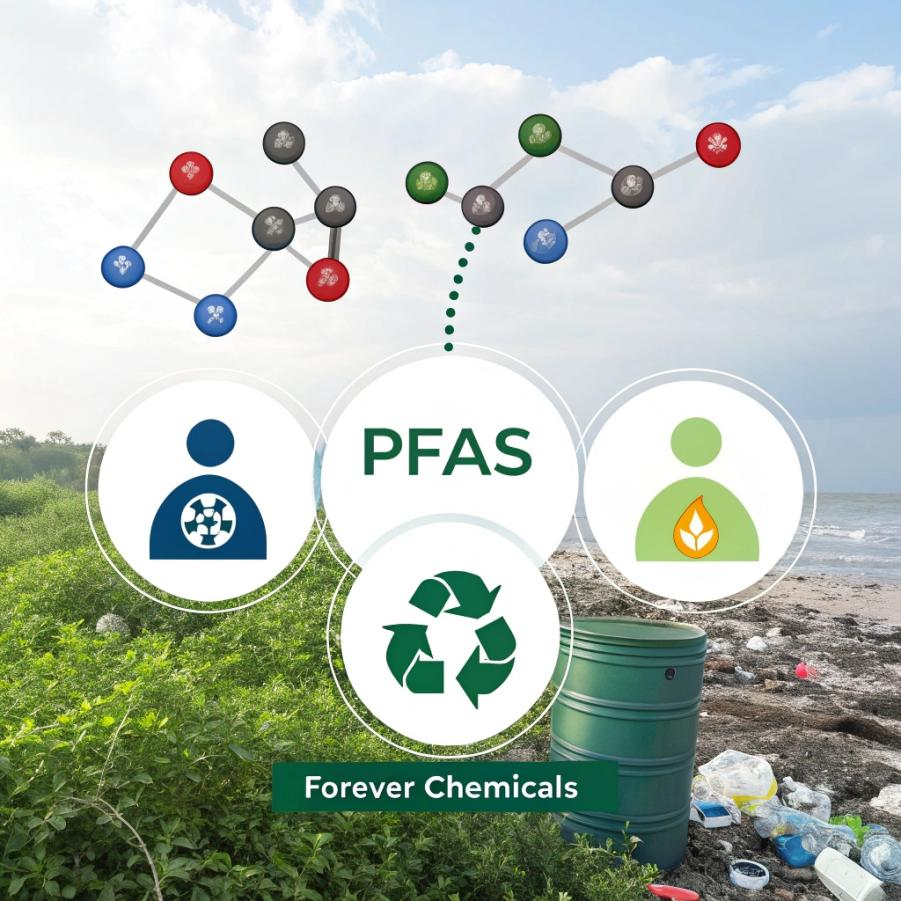
PFAS are found in:
- Non-stick cookware
- Water-resistant clothing
- Stain-resistant fabrics and carpets
- Firefighting foam
- Food packaging
- Cleaning products
- Paints, polishes, and waxes
How do PFAs Contaminate Water?
PFAS can enter water sources through various pathways, including:
- Industrial discharge: Manufacturing facilities can release them into nearby water sources. Military bases, airports, and firefighting training centers are also sources.
- Product leaching: PFAs can leach from products and enter the environment.
- Landfills: Disposed PFAS products in landfills leach chemicals into groundwater or surface water.
- Wastewater: PFAs can pass through conventional treatment systems and end up in rivers and streams.
Health Effects of PFAS
The long-lasting nature and accumulation of PFAs in our bodies make it a serious health concern. Studies have linked PFAS exposure to a range of health problems, including:
- Increased cholesterol levels
- Immune system suppression
- Thyroid hormone disruption
- Liver and kidney damage
- Low infant birth weight
- Certain cancers (kidney, testicular, breast)
The Australian government acknowledges all Australians likely have detectable PFAS in their blood.\
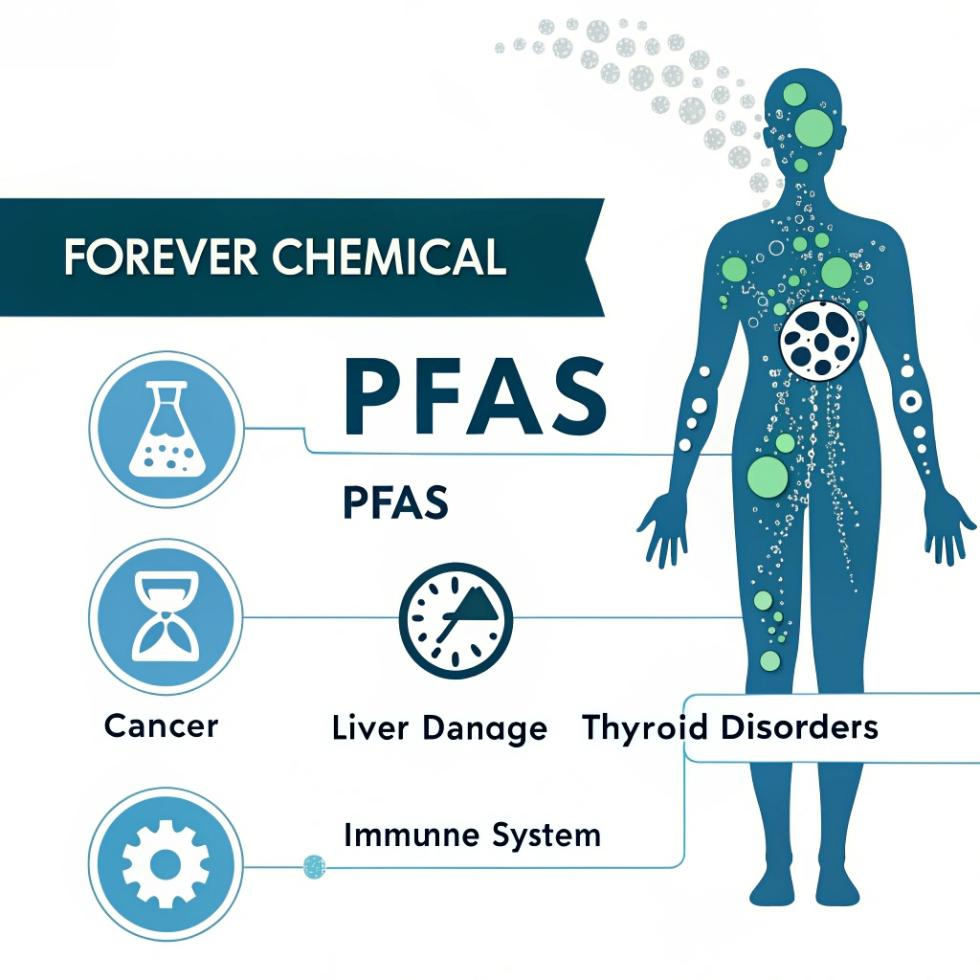
In the United States, a study by the Environmental Working Group estimated that over 200 million Americans could have PFAS in their drinking water.
Drinking Water Standards and Testing
Recognising the health risks, the US Environmental Protection Agency (EPA) has taken steps to regulate PFAS levels in drinking water.
In April 2024, the EPA established the first federal drinking water standards for PFAS. This set a maximum contaminant level of 4 parts per trillion for PFOA and PFOS combined. Previously, the EPA had issued a non-enforceable health advisory level of 70 parts per trillion for these two PFAS combined.
The EPA now considers any detectable level of PFOA and PFOS in drinking water to be potentially harmful. Water treatment plants are required to test for PFAS and implement treatment systems if levels exceed the limit.
Several states, including California, Colorado, Massachusetts, Michigan, Minnesota, New Hampshire, New Jersey, New York, North Carolina, and Vermont, had already established or proposed their own PFAS limits before the federal regulations were implemented.
Individuals can find out about PFAS levels in their drinking water by contacting their local water supplier and requesting a water quality report. Homeowners using private wells should test their water regularly.
Effective Methods to Remove PFAS from Drinking Water At Home
Fortunately, several effective methods can remove PFAS from drinking water. The three most common technologies are:
1. Activated Carbon Filtration:
This is the most common and affordable method for PFAS removal. Activated carbon filters contain porous carbon material, often derived from coconut shells or coal, that traps PFAS and other contaminants as water flows through. The process by which activated carbon removes contaminants is called adsorption.
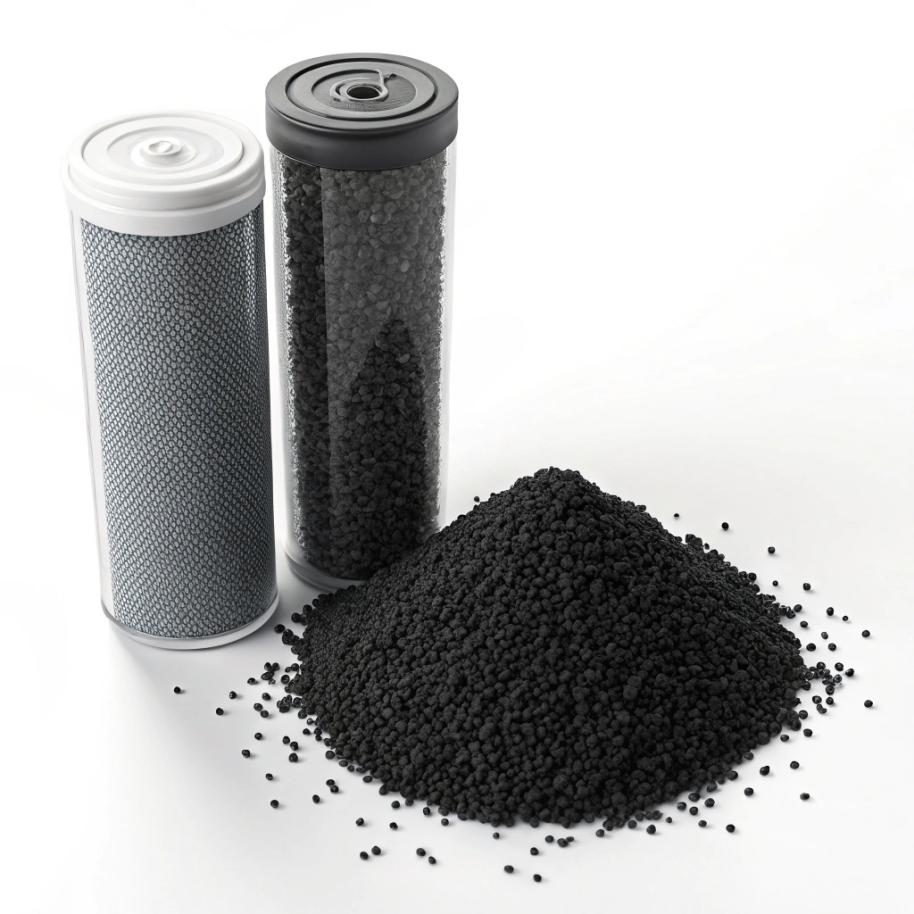
There are different types of activated carbon filters:
- Activated Carbon Blocks offer a very fine level of filtration.
- Catalytic Carbon (ORC) removes specific contaminants like hydrogen sulfide and chloramines and can also neutralize odors in water.
- Granular Activated Carbon (GAC) is ideal for applications requiring a high flow rate.
Granular Activated Carbon filters are a top choice for PFAS removal for their adsorption capacity. However, their effectiveness depends on the type of GAC filter used:
| Filtration Method | Effectiveness for PFAS Removal | Limitations |
|---|---|---|
| Pitcher Filters | Effective for basic PFAS removal | Short contact time Frequent filter replacement (every 3-4 weeks). |
| Faucet-Mounted Systems | Moderate effectiveness | Frequent filter changes. |
| Countertop Filters | High effectiveness | Larger capacity Longer contact time Requires regular maintenance |
| Under-the-Sink Filters | Highly effective for longer-chain PFAS. | Professionally installed |
Activated carbon filters, like those found in Jinko products, are highly effective for removing harmful PFAS. However, the effectiveness of activated carbon filtration for PFAS removal depends on several factors:
- High-quality filters are more effective at removing PFAS.
- Carbon block filters and catalytic carbon are generally more effective than granular activated carbon.
- Longer contact time between water and carbon means higher PFAS removal.
- Activated carbon is more effective at removing longer-chain PFAS like PFOA and PFOS than shorter-chain PFAS.
It is essential to change activated carbon filters regularly. As the filter becomes saturated with contaminants, its effectiveness decreases.
2. Ion Exchange:
Ion exchange is a chemical process that removes PFAS and other ionic contaminants by exchanging them with other ions of similar charge. Ion exchange systems use resins, typically in the form of small beads, that attract and hold the target contaminants.

Ion exchange is effective for PFAS removal, but it has some limitations:
- Ion exchange resins require slow flow rates for optimal performance.
- Chlorine can damage ion exchange resins, so pre-filtration to remove chlorine may be necessary.
3. Reverse Osmosis (RO):
Reverse osmosis uses multi-stage filtration such as a semipermeable membrane to remove contaminants. RO systems are highly effective at removing PFAS and other contaminants, but they also have some drawbacks:
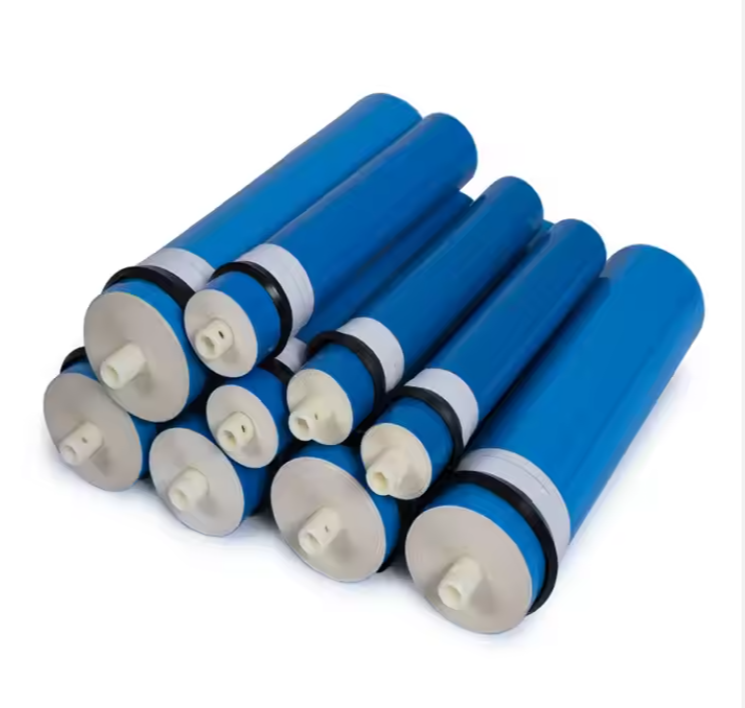
- RO membranes remove beneficial minerals like calcium and magnesium, which may need to be added back to the water.
- RO systems are complex and may require professional installation.
- RO systems require regular maintenance, including membrane replacement.
- RO systems produce a significant amount of wastewater.
Despite these drawbacks, RO remains a popular choice for those seeking high-level filtration, particularly in areas with high levels of PFAS or other complex contaminants.
Choosing the Right Filtration System
The best filtration system for removing PFAS from drinking water will depend on several factors, such as the level of PFAS contamination, the desired flow rate, budget, and other contaminants present.
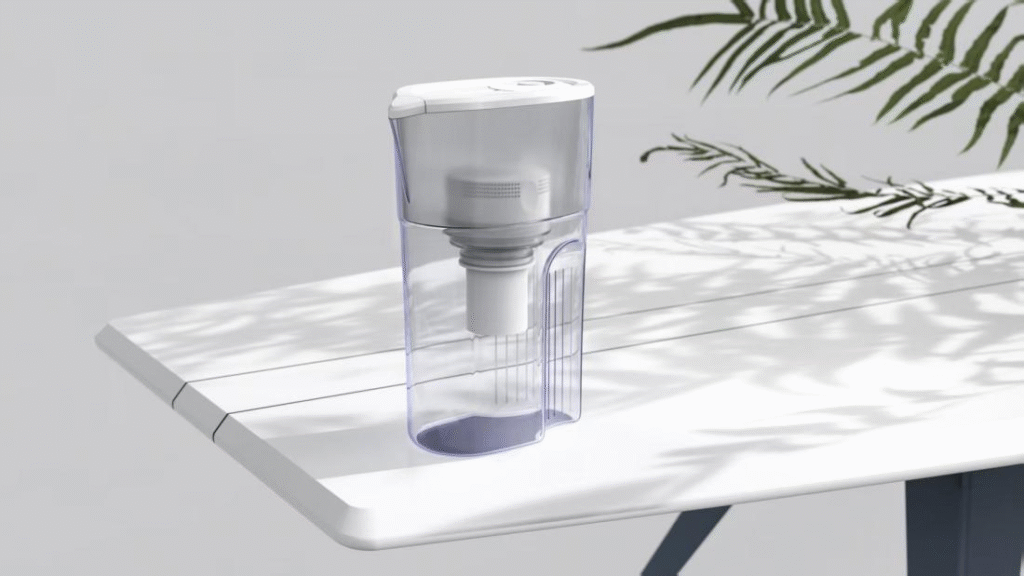
For those on a budget or seeking a simple solution for a single tap, try Jinko pitcher filter with activated carbon.
For higher flow rates or whole-house filtration, under-sink or whole-house activated carbon filters may be more suitable.
If the water also contains other contaminants, such as hardness minerals, an Jinko RO system may be the best option to provide comprehensive filtration.
When selecting a filtration system, it is crucial to look for products that are certified by independent organizations such as NSF International or the Water Quality Association to ensure their effectiveness.
Conclusion
PFAS contamination is a serious problem that requires a multi-faceted approach to address. While regulatory efforts are underway to limit PFAS discharges and set drinking water standards, individuals can reduce their exposure by choosing appropriate water filtration.
By understanding the sources of PFAS contamination and effective filtration methods, we can make informed choices to protect ourselves and our families from these harmful chemicals.
Protect your family from the dangers of PFAS with Jinko water filtration, while enjoying safe drinking water. Shop now or contact us for more information!
Frequently Asked Questions (FAQs)
1. How can I reduce PFAs in my drinking water?
Use advanced water filtration systems by Jinko offering activated carbon filters designed to tackle the PFAs contamination.
2. Are all water filters effective against PFAs?
Not all filters are equally effective. GAC filters and RO systems are proven to reduce PFA levels. Look for NSF-certified products to ensure high performance, such as Jinko.
3. How do Jinko filtration systems work?
Jinko uses advanced technologies like activated carbon and multi-stage filtration to adsorb and remove contaminants like PFAS from water. These systems are designed for both home and commercial use.
4. What’s the difference between a Jinko pitcher filter and an under-the-sink system?
- Pitcher Filters are affordable, portable, and easy to use. Ideal for small households.
- Under-the-sink systems have larger capacity, and higher filtration efficiency, suitable for tackling high PFAS contamination levels.



